CCAFS Launch Complex 17 Demolition Makes Room for Moon Express
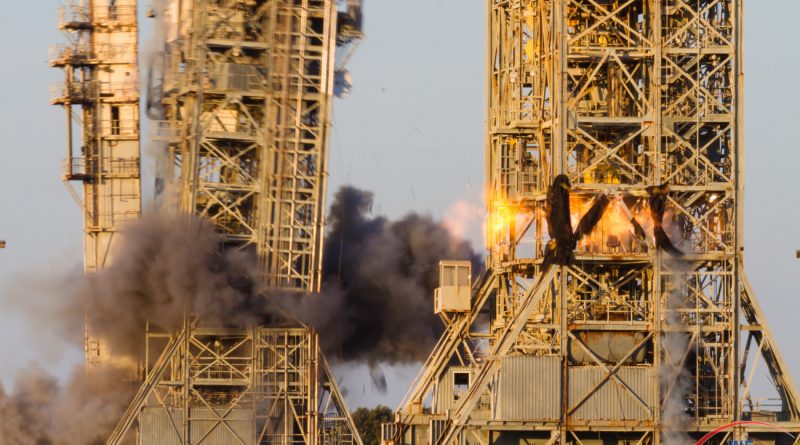
CAPE CANAVERAL AIR FORCE STATION: General Monteith called "Fire in the Hole" and pushed the detonation button to bring down Pad 17A and Pad 17B at Cape Canaveral Air Force Station. The pads were constructed in 1956 and were active from 1958 through 2011. The pads were operated by the US Air Force's 45th Space Wing and have supported more than 300 Department of Defense, NASA and commercial missile and rocket launches.
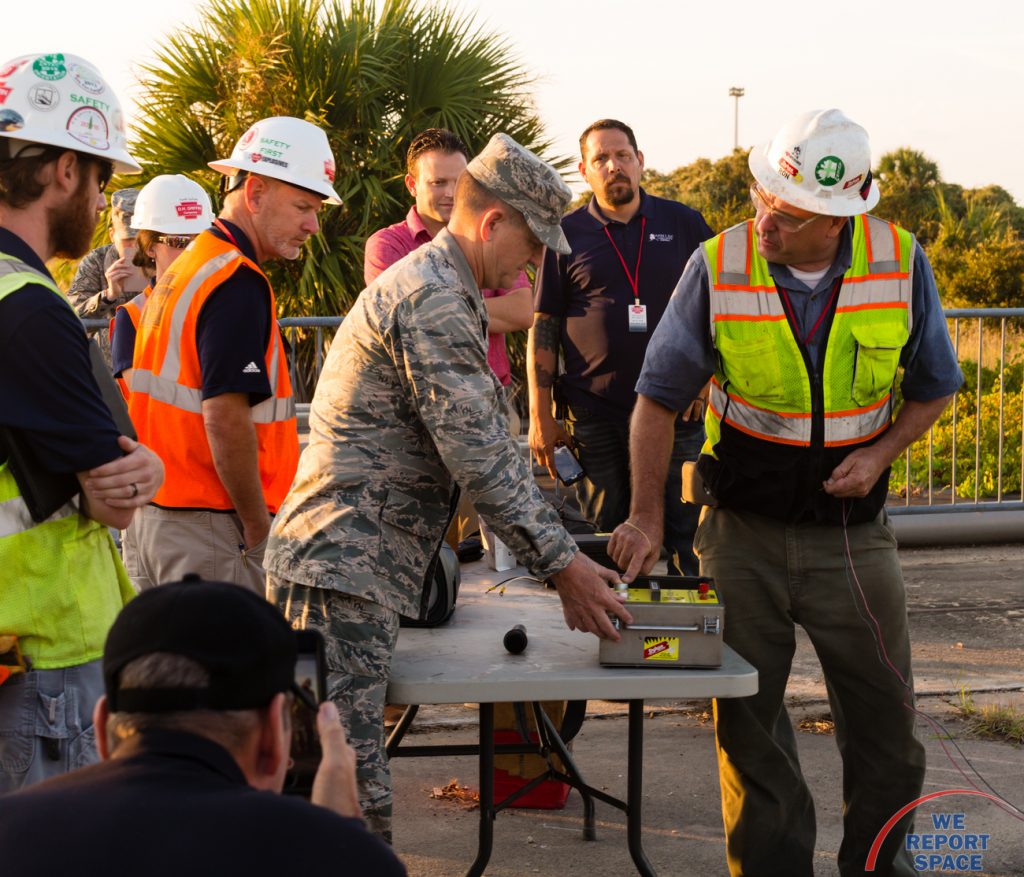
Before pressing the button, General Monteith had these remarks: "Pad 17 was the location for one of our more spectacular launch failures, on GPS. We are part of a learning organization driving to the future. This is about innovation as this launch complex is now re-purposed from Delta to Moon Express. This is a part of history which is what we are doing every single day out here on the Range. We are doing it with our partners from NASA, from the NRO, our commercial partners and our contracting partners.
"This is an exciting time as we continue to drive towards 48 launches a year and eventually what I believe will be one hundred launches every single year at Cape Canaveral Air Force Station and Kennedy Space Center. There is no better place to be and we have no better partners than our partners across the river at Kennedy to take us in to the future.
"Steven Jobs once said, 'Innovation is the ability to see change as an opportunity – not a threat.' This is opportunity."
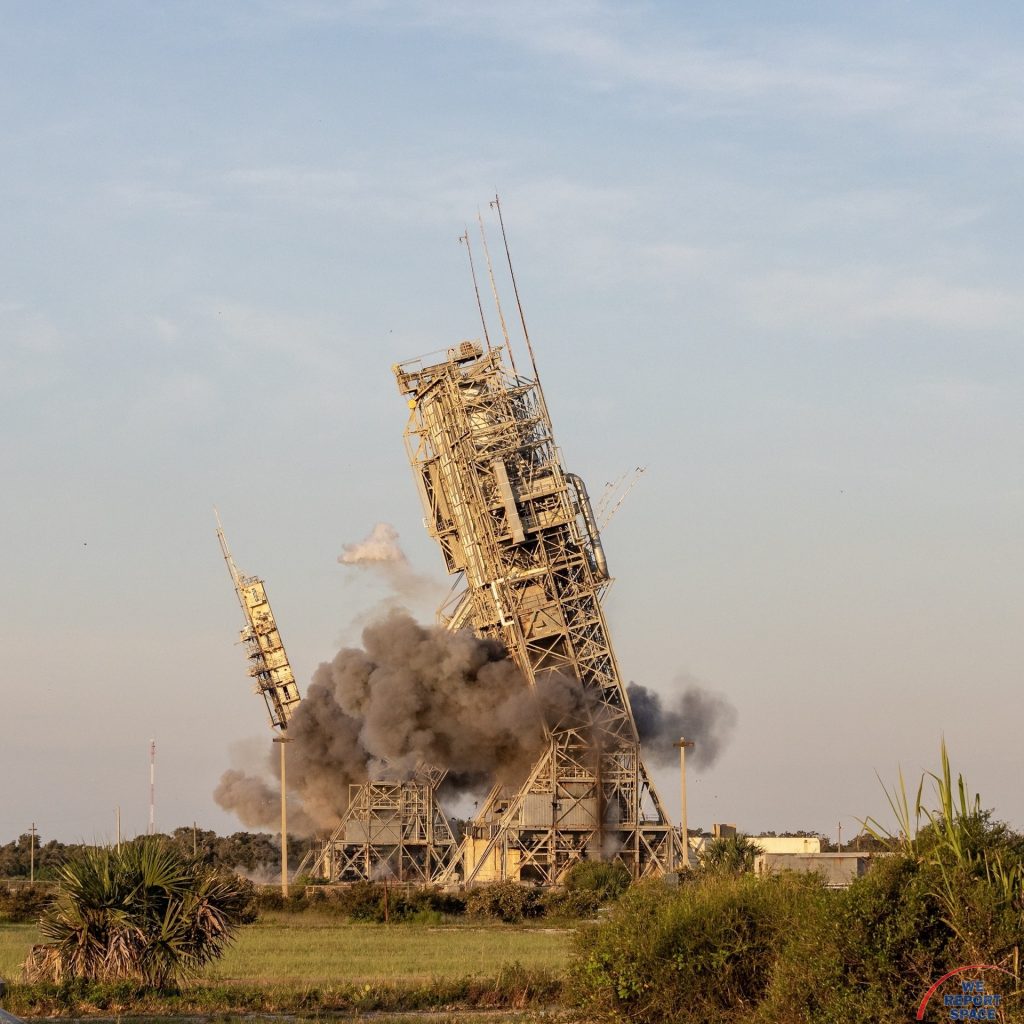
The demolition makes way for Moon Express. The company is partnered with NASA under the Lunar CATALYST Program, developing new lander technologies supporting a U.S. return to the lunar surface, and in 2016 became the first company in history to receive U.S. government authorization for a commercial mission beyond Earth orbit and to the Moon.
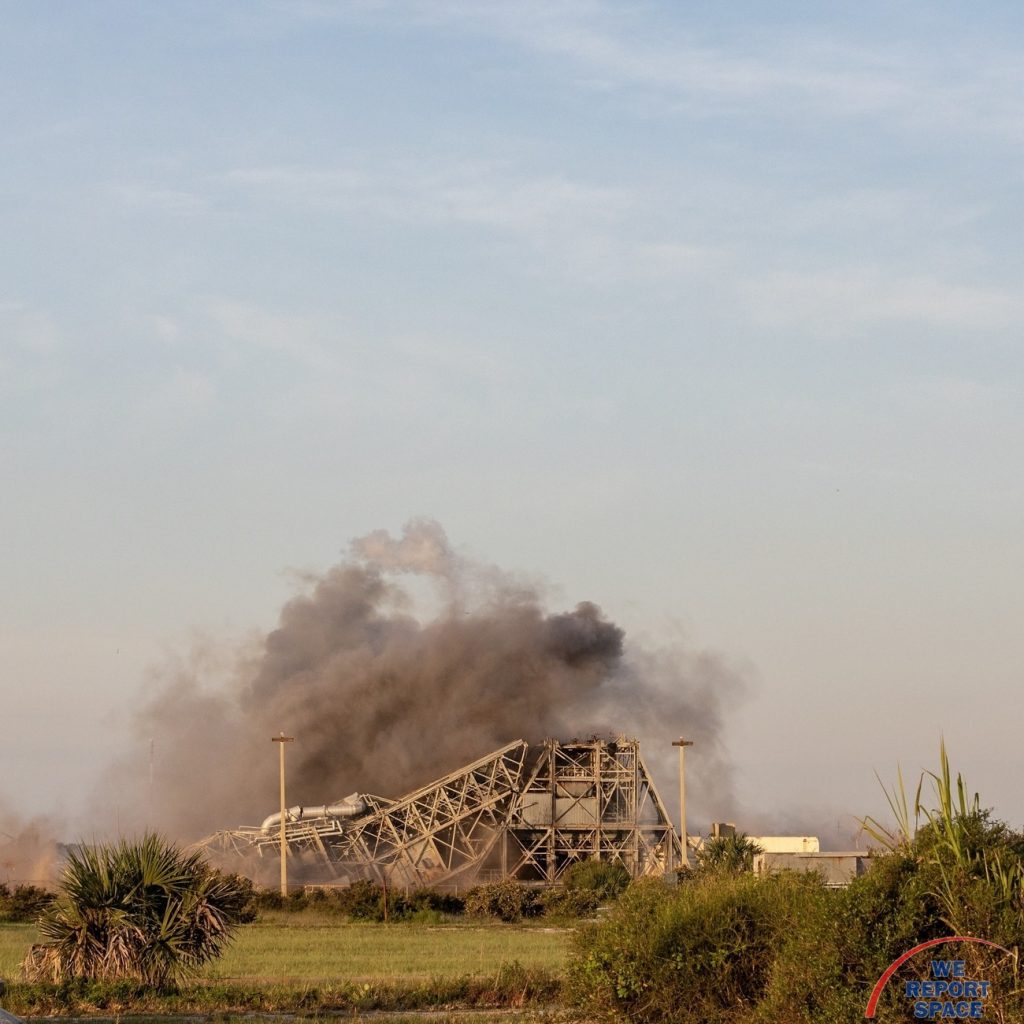
The demolition was conducted by Dykon Explosive Detonation from Tulsa Oklahoma and Ames 1 LLC from Alaska. Ron Gilbert from Dykon explained there would be a warning siren at 3 minutes, then 1 minute. He briefed General Monteith on the use of the old-style plunger detonator. He explained to the General that he would have to overcome 56 ohms of resistance and to push hard. Another foreman overrode that plan and they moved to a modern style detonator. This was fairly complicated: Press and hold one button until a "Ready to Fire" light appeared. The general announced this light. Gilbert confirmed that announcement and gave the "Fire in the Hole" command. The General, while continuing to hold the first button, pressed a second button to begin the explosion. The south tower, 17B was designed to explode immediately, falling west while the umbilical tower fell east. One and a half seconds later, the tower at 17A exploded and fell east. The explosives were placed at level 3 on both towers. As the towers fell, you could see the universal joy on the General's face that all men get from blowing stuff up. Gilbert and Monteith embraced to commemorate the success.
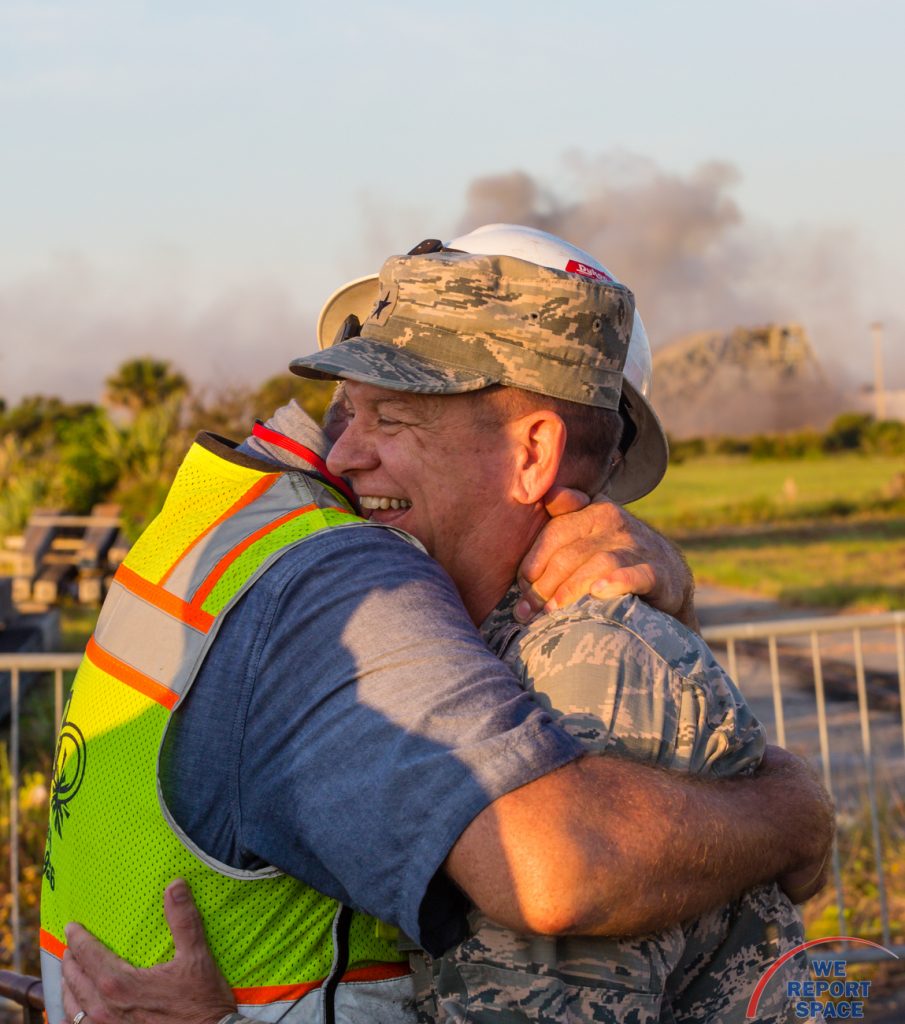

Stunning, full color photo book covering every east coast launch spanning 2014-2015, including the first-ever powered landing of a SpaceX Falcon 9 rocket.
More Info



